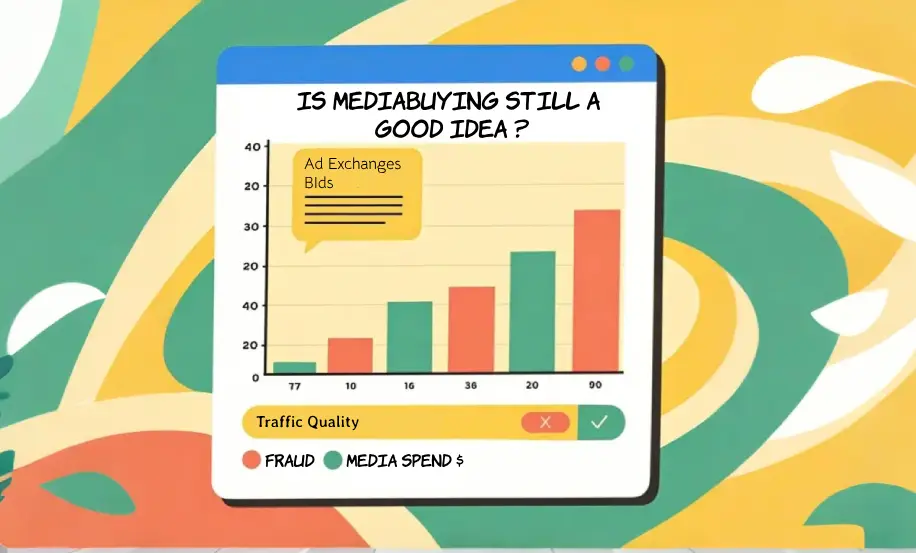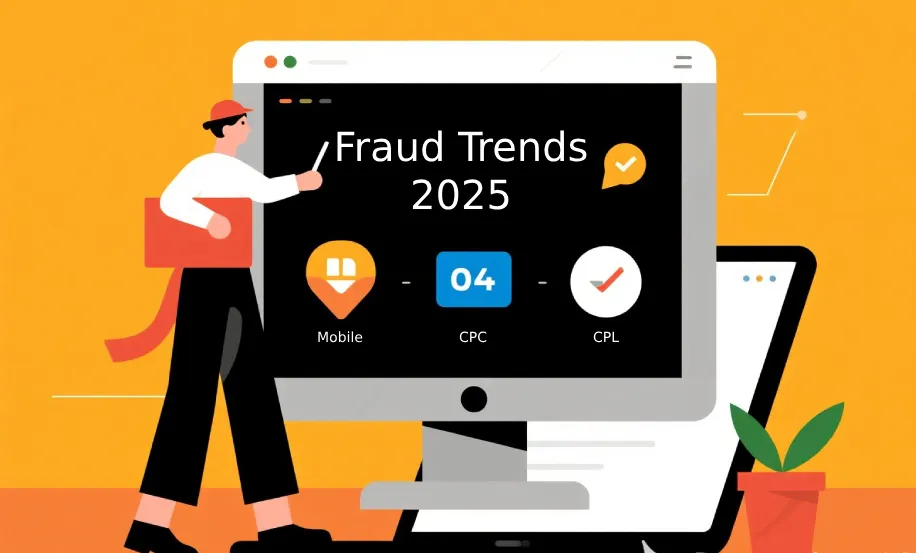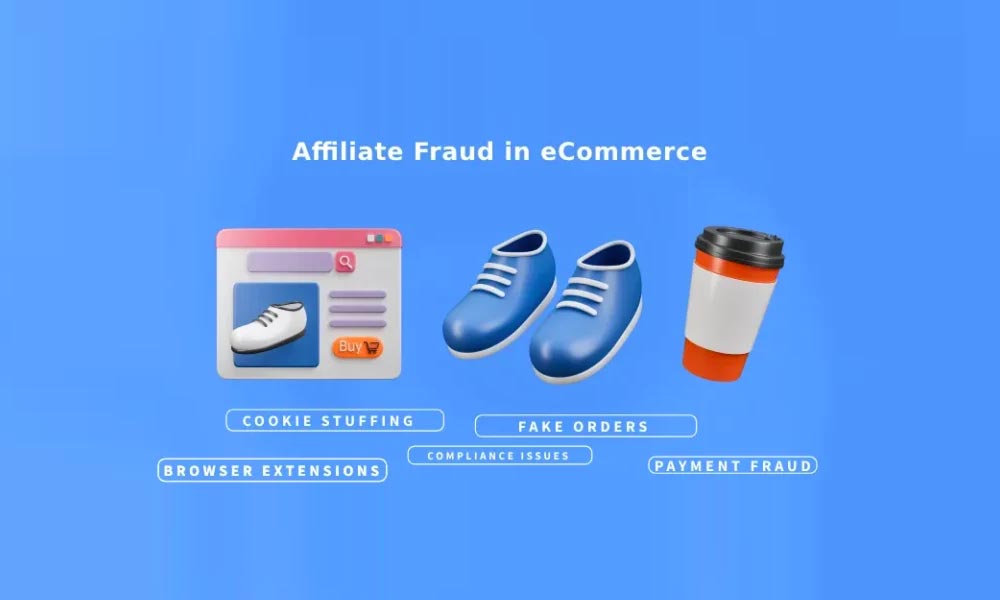How Fake Conversions Impact Impression Algorithms
In the ever-evolving landscape of digital advertising, Cost Per Mille (CPM) remains a prevalent pricing model. Under this model, advertisers pay for every thousand impressions their ads receive. However, this model isn’t without its vulnerabilities. One of the key concerns has been the manipulation of the CPM bidding algorithm by fraudsters, particularly through generating manual conversions. Surprisingly, marketers often overlook the connection between impression fraud and conversion fraud, considering them separate entities. This article aims to shed light on how these two forms of fraud are intertwined and how fraudsters exploit this loophole to their advantage.
Understanding CPM Algorithms
Before diving into the tactics employed by fraudsters, it is important to understand how CPM algorithms work. These algorithms are designed to determine the quality of a site as a source of traffic. When an ad generates a higher number of conversions, the algorithm considers the site to be a good source of quality traffic, often leading to higher bids for ad placements on that site.
We see this type of Fraud on traffic from AdExchanges, Google Display Ads and Direct Ad Placements.
How Fraudsters Manipulate Bidding Algorithms
- Trigger Fake Impressions: They start by generating fake impressions to attract advertisers.
- Create Manual Conversions: Then, they manually create conversions associated with these impressions.
- Manipulating the Algorithms: These manual conversions are detected by the CPM algorithms, which then interpret the site as a quality source of traffic.
- Increased Bids: As a result, the algorithm bids higher for ad placements on these fraudulent sites.
- Increase Volume: Driving low-quality traffic to the site and reselling it at a higher rate.
Why It Is So Effective
The deception lies in making the algorithm believe that the conversion is a result of a genuine human interaction. Most marketers use conversions as a key performance indicator (KPI), making it a perfect target for fraudsters to manipulate.
The Overlooked Connection: Impression and Conversion Fraud
Most marketers are vigilant about conversion fraud, but few understand its connection to impression fraud. They often view them as isolated problems to be solved independently. The reality, however, is far from it.
- Interdependency: Impression fraud sets the stage for conversion fraud. An inflated number of impressions makes a site appear an attractive placement for advertising, which then becomes fertile ground for faking manual conversions.
- Mutual Amplification: Each form of fraud amplifies the effectiveness of the other. High impressions attract high-value ads, which when subjected to conversion fraud, attract even higher bids.
How to Stop It
- Awareness: The first step toward counteraction. Marketers need to understand the relationship between impression and conversion fraud and adapt their detection mechanisms / strategy accordingly.
- Implement a Multi-layered Fraud Detection: Opt for solutions that can identify and flag anomalies in both impressions and conversions. This is important as you need get a full view on the Data and not just a part of it.
- Block Conversion / Postbacks on Fraudulent Conversions / Events. By doing do you stop giving the incentive CPM Algorithms are looking for. With no incentive they will stop buying from this source.
Conclusion
As the digital advertising space evolves, so do the tactics employed by fraudsters. While it’s crucial to keep pace with these advancements, understanding the foundational relationship between different types of fraud can provide a robust base for building stronger, more effective detection algorithms. Therefore, marketers must consider impression and conversion fraud as interconnected issues that require an integrated approach for effective mitigation.
Marketers should not overlook the symbiotic relationship between impression and conversion fraud. Acknowledging this link can pave the way for more comprehensive fraud detection mechanisms and a safer advertising environment.




